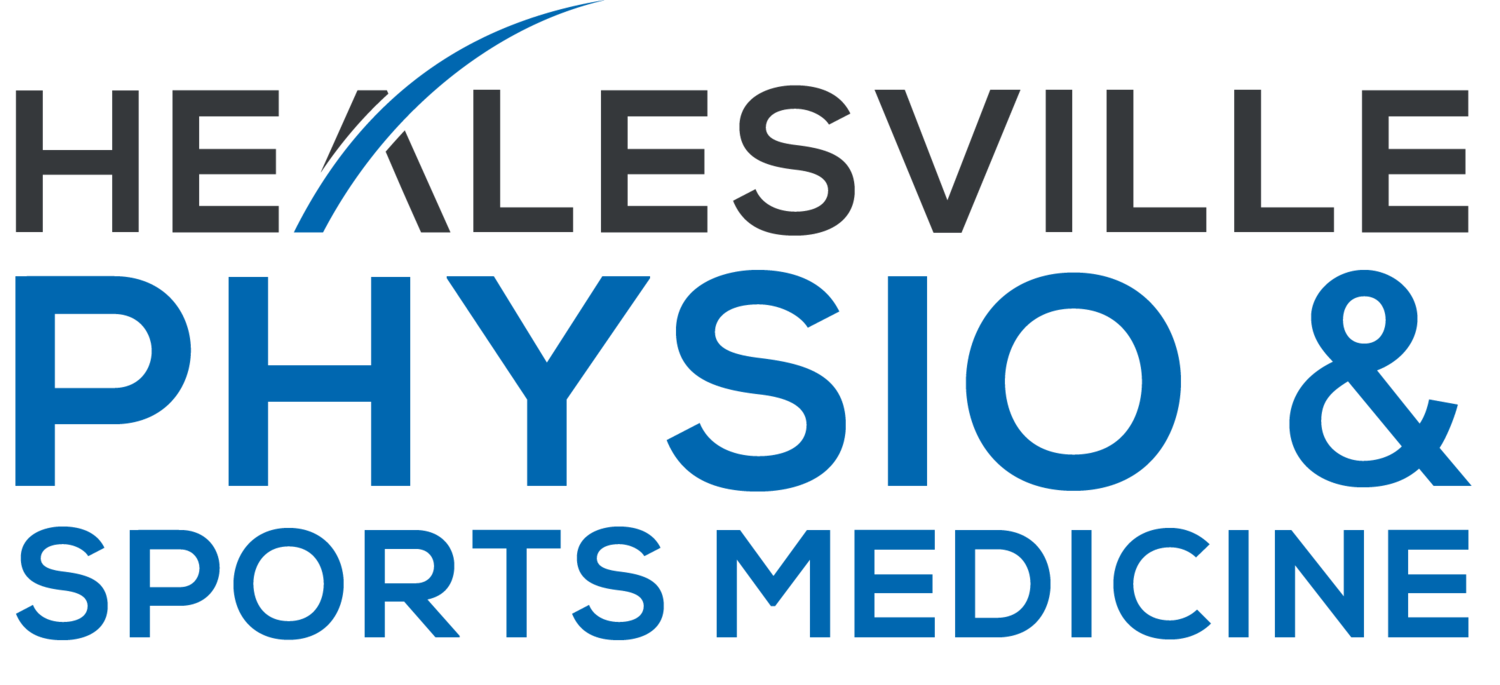Ankle sprains are one of the most common sporting and musculoskeletal injuries that results in damage to the ligaments of the ankle.
The most common ‘mechanism of injury’, or how the injury occurs, is when the ankle rolls out where the sole of the foot ends up facing inwards. This is known as a lateral ankle sprain, where injury is to the ligaments on the outside of the ankle as pictured below.
It is also important to note that poor rehabilitation after an initial sprain increases the chances of this injury happening again.
How does an ankle sprain occur?
An ankle sprain occurs when you roll your ankle. This injury is common in sports such as basketball and netball, where you may land from a jump awkwardly. Ankle sprains can also occur when running or walking on uneven or unstable ground.
What should you do?
Initial treatment for an ankle sprain should consist of the RICER principle; rest, ice, compress and elevate. It is also important that in the first 48 hours after your injury, you avoid HARM. This means that in order to optimise early stage healing it is best to avoid running, applying heat packs, drinking alcohol and massaging the injured ankle in this time period. In more complex or severe injuries a CAM walker boot is used to immobilise the ankle so that the ligaments can heal and stiffen up.
How can physiotherapy help?
After spraining your ankle once, the risk of reinjury falls between 40-70%. However the good news is that correct and thorough rehabilitation decreases the risk of reinjury significantly.
Physiotherapy management of ankle sprains will be guided by how long after the injury treatment is commenced as well as the severity of the injury. The severity of the injury will also influence how long it takes to get better and return to full normal function.
Severity of ligament injuries are determined by the following grading system:
- Grade 1: up to 20% of the ligament fibres are torn
- Grade 2: up to 50% of the ligament fibres are torn (known as a partial tear)
- Grade 3: over 80% of the ligament fibres are torn, or the ligament is fully ruptured
How can physiotherapy help?
The main goals of physiotherapy treatment are:
Relieve pain and reduce inflammation
Restore normal movement and function of the ankle
Restore and improve neuromuscular control e.g. balance on one leg
Improve strength of the ankle and calf muscles
Achieve return to sport bu– improve speed and agility
Other treatments a physio may incorporate are:
- Soft tissue massage
- Taping or brace prescription for return to sport (e.g. ASO)
Whatever your activity or sporting goals following an ankle sprain are, our physiotherapists at Healesville Sports Medicine are here to help.
Author: Hannah Senior - Physiotherapist
References
Petersen, W., Rembitzki, I. V., Koppenburg, A. G., Ellermann, A., Liebau, C., Brüggemann, G. P., & Best, R. (2013). Treatment of acute ankle ligament injuries: a systematic review. Archives of orthopaedic and trauma surgery, 133(8), 1129–1141.

